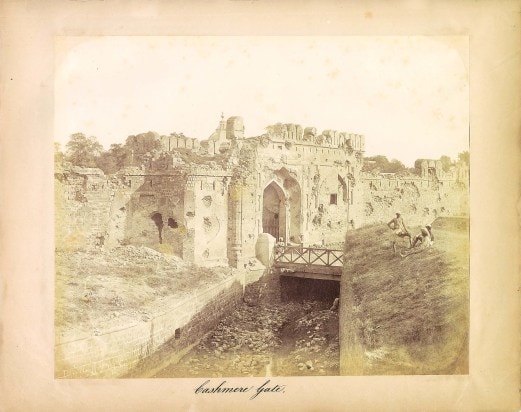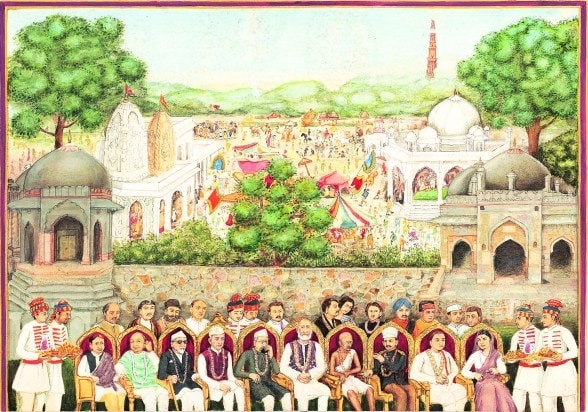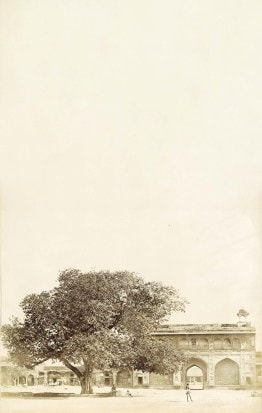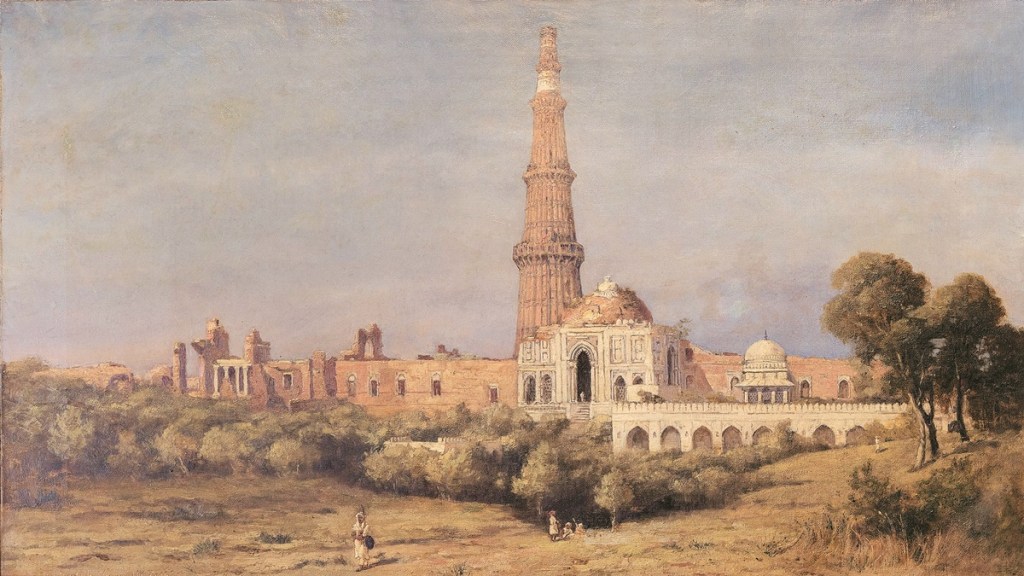Delhi is a portrait of many pasts. But an ongoing art and heritage festival is reimagining the national capital as a cultural map, “weaving together intercon-nected sites and layered histories”.
On since September 7, the first Delhi edition of DAG’s acclaimed art and heritage festival, The City as a Museum, is encouraging audiences to traverse Delhi in new ways. Through exhibitions, walks, performances, audio trails, and discussions, it seeks to uncover how the city has nurtured modern Indian art while reflecting the nation’s evolving identity.
The City as a Museum arrives in the city after four successful editions in Kolkata and a widely lauded debut in Mumbai earlier this year.
Mapping Delhi’s layered histories
At the heart of the Delhi edition is Sair-e-Delhi: Chronicles of Change, curated by historian Swapna Liddle. The exhibition presents a remarkable array of paintings, prints, photographs, maps, and plans that tell the story of Delhi’s shifting built environment—from the Sultanate and Mughal dynasties to Lutyens’ imperial capital. “The exhibition focuses on the layered and dynamic history of Delhi,” Liddle tells FE. “I am hoping this will invite viewers to think also of how they interact with these sites in the present,” she adds.

For DAG, the idea of Delhi as a ‘living museum’ is central to the festival. Ashish Anand, CEO and MD of DAG, explains: “We hope that, after travelling with us across Delhi over the next two weeks, people will see the city through fresh perspectives. In Delhi, people are used to living alongside monuments and memorials, so the challenge was to go beyond the grand narratives of history and explore unknown facets and stories of the city with leading scholars and artists.”

The starting point was DAG’s archives of historical photographs and ephemera, alongside its vast collection of modern art. These materials guided the choice of sites and stories—such as Qudsia Bagh, where the Indian Art Exhibition at the Delhi Durbar was held in 1903 and where Abanindranath Tagore’s The Passing of Shah Jehan won a prize. Other highlights delve into the hidden histories of Rashtrapati Bhavan, the cultural heart of Mandi House, and the significance of artists’ enclaves that nurtured Delhi’s creative scene.
Anand notes that bringing the festival to Delhi presents unique opportunities: “We have the privilege of being custodians of a rich visual repository that contains many layered histories of Delhi, and we have been able to showcase this through Sair-e-Delhi.”
The festival also underscores how Delhi’s cultural life has long been shaped by state patronage, private support, and artist-led initiatives. Post-independence, the government created institutions such as the Lalit Kala Akademi and Garhi Studios, even as artists formed radical collectives like JANAM and SAHMAT to respond to social and political upheavals. Private patrons, too, played a defining role—whether through ITC’s commissioning of works by Krishen Khanna and MF Husain for its Maurya property, or collectors like Priya Paul, whose archive of popular art continues to enrich cultural discourse. While the state still plays an important part, DAG believes much more can be done by galleries and organisations to foster research, support inclusive narratives, and engage audiences creatively. “The City as a Museum is a step in that direction,” says Anand.

Celebrating art, archives and countercultures
The festival calendar is equally ambitious. Visitors can explore Qudsia Bagh with Liddle in A Garden of Curious Delights, or wander Daryaganj’s legendary Sunday book market with scholars Sohail Hashmi and Kanupriya Dhingra, followed by a discussion at Kathika Cultural Centre. In Mandi House, The Fifth Circle offers a multisensory journey—an audio walk by Amitesh Grover, a genre-blending performance by Chaar Yaar, and a panel discussion featuring Ram Rahman and Zuleikha Chaudhari, tracing how institutions and countercultures shaped the neighbourhood’s artistic pulse.
Other highlights include Artists in Residence, revisiting post-independence colonies like Garhi and Nizamuddin; Exhibiting Dissent, chronicling three decades of SAHMAT’s interventions; and The Museum Hotel, a walk through ITC Maurya’s WelcomArt collection, featuring works by Khanna, Tyeb Mehta, Satish Gujral, and Husain. For archive enthusiasts, there are journeys into Priya Paul’s popular art collection, Tasveer Ghar’s digital repository, and even the cultural afterlife of The Illustrated Weekly of India. The festival closes with Delhi in Vinyl, a listening session of forgotten gems by music archivist Nishant Mittal.
The timing is poignant—2025 marks the centenary of modernist icons Khanna, Mehta, and Gujral, whose works feature prominently in the programme. Their legacies, alongside contemporaries such as Devayani Krishna, Madhvi Parekh, and BC Sanyal, remind audiences of Delhi’s pivotal role in shaping Indian modernism.
(The first Delhi edition of DAG’s The City as a Museum festival is on till September 21)








